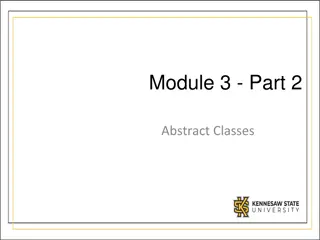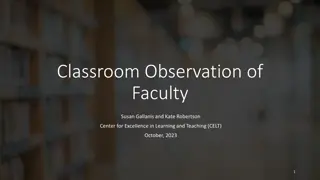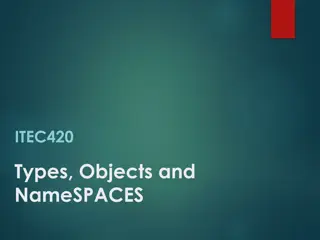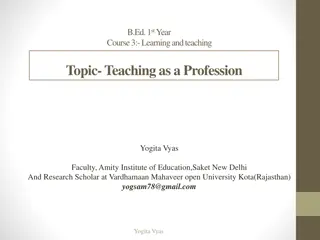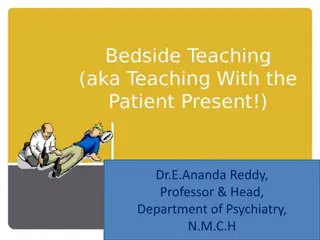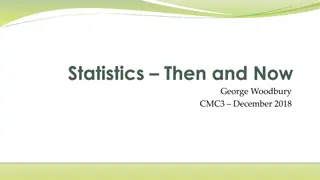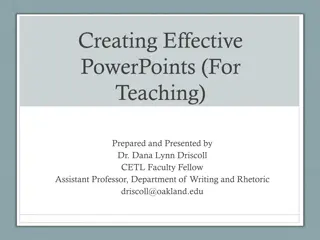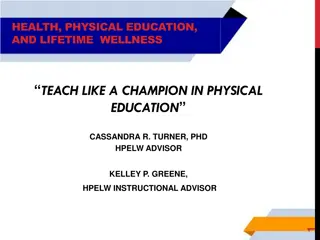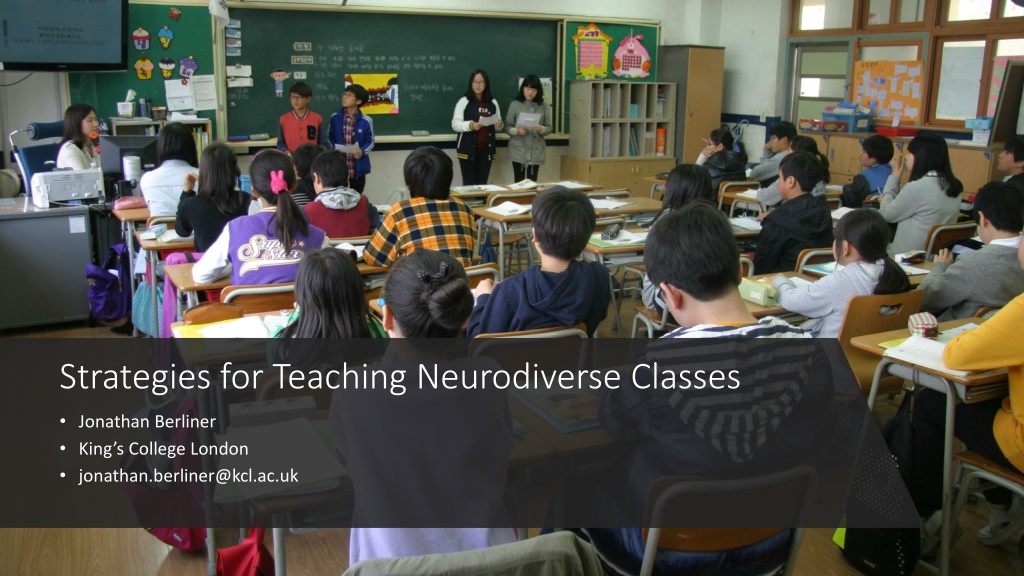
Effective Strategies for Teaching Neurodiverse Classes
Learn about neurodiversity, its impact in the school environment, the challenges of diagnosis, SEN support, and positive strategies for teaching neurodiverse students effectively. Explore the importance of recognizing strengths, empowering communication, flexible assessment, and creating an inclusive classroom environment.
Download Presentation

Please find below an Image/Link to download the presentation.
The content on the website is provided AS IS for your information and personal use only. It may not be sold, licensed, or shared on other websites without obtaining consent from the author. If you encounter any issues during the download, it is possible that the publisher has removed the file from their server.
You are allowed to download the files provided on this website for personal or commercial use, subject to the condition that they are used lawfully. All files are the property of their respective owners.
The content on the website is provided AS IS for your information and personal use only. It may not be sold, licensed, or shared on other websites without obtaining consent from the author.
E N D
Presentation Transcript
Strategies for Teaching Neurodiverse Classes Jonathan Berliner King s College London jonathan.berliner@kcl.ac.uk
What is neurodiversity? Natural human neurological differences Neurodivergent people have a social disadvantage Neurodivergences can be advantageous Provides identity for minoritized group
Diagnosis Helpful for: Access to services Self-understanding Reducing blame (self and others) Problematic because: Focus on deficits (medical) Most people don t fit well Costly
SEN, Disability and Neurodiversity SEN support that schools are expected to provide: - special learning programmes - extra help from teacher or TA SEN Neurodivergent - work in a smaller group - observation in class or at break - help taking part in class activities - extra encouragement Disabled - help communicating with other children - support with physical or personal care difficulties, eg. eating, getting around, using the toilet
The school environment Noise or silence and lighting in the classroom Unattainable rule following eg. sitting still. Reading, writing, talking The social gaze of teenagers Tests lots of tests Teachers who do not understand your needs Stigma and poor planning of streaming
Positive niche construction (Neurodiversity in the Classroom, Thomas Armstrong) Strength awareness Role models Assistive technologies Enhanced human resources Strength-based learning strategies Affirmative career aspirations Environmental modifications
Strategies Start by making a list of their strengths Empower them to communicate their needs Flexible assessment Don t race through the curriculum Multiple senses employed Praise, praise, praise, praise, praise, and more praise.
Strategies Plenty of time indicators and task reminders. Paced instructions Short tasks, or long tasks broken up Hands-on learning Allow fidgets and music in headphones if it improves learning Have a nice time these strategies are how everyone should learn!
Examples of what worked well for me Catapults, solar oven Storytelling over 6 months Pictorial reminders as a plenary that go on a massive poster Gardening

